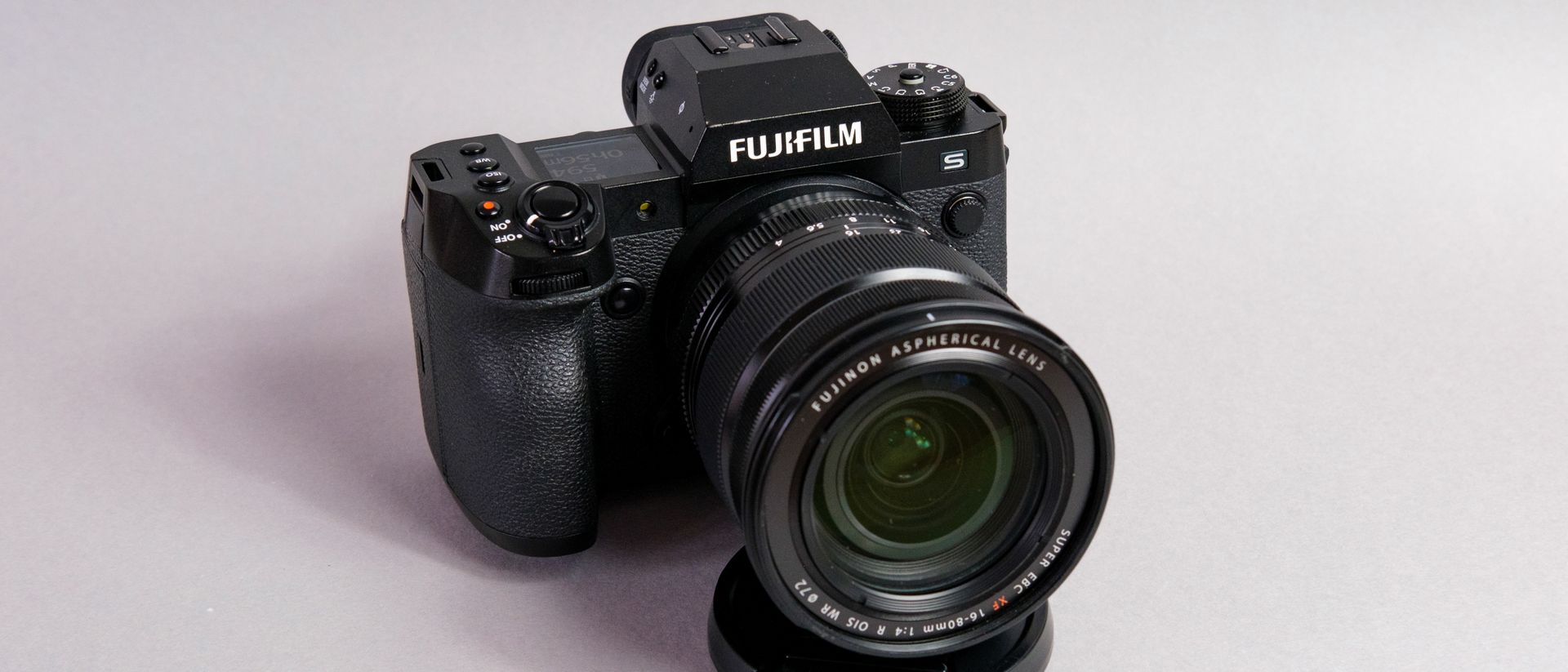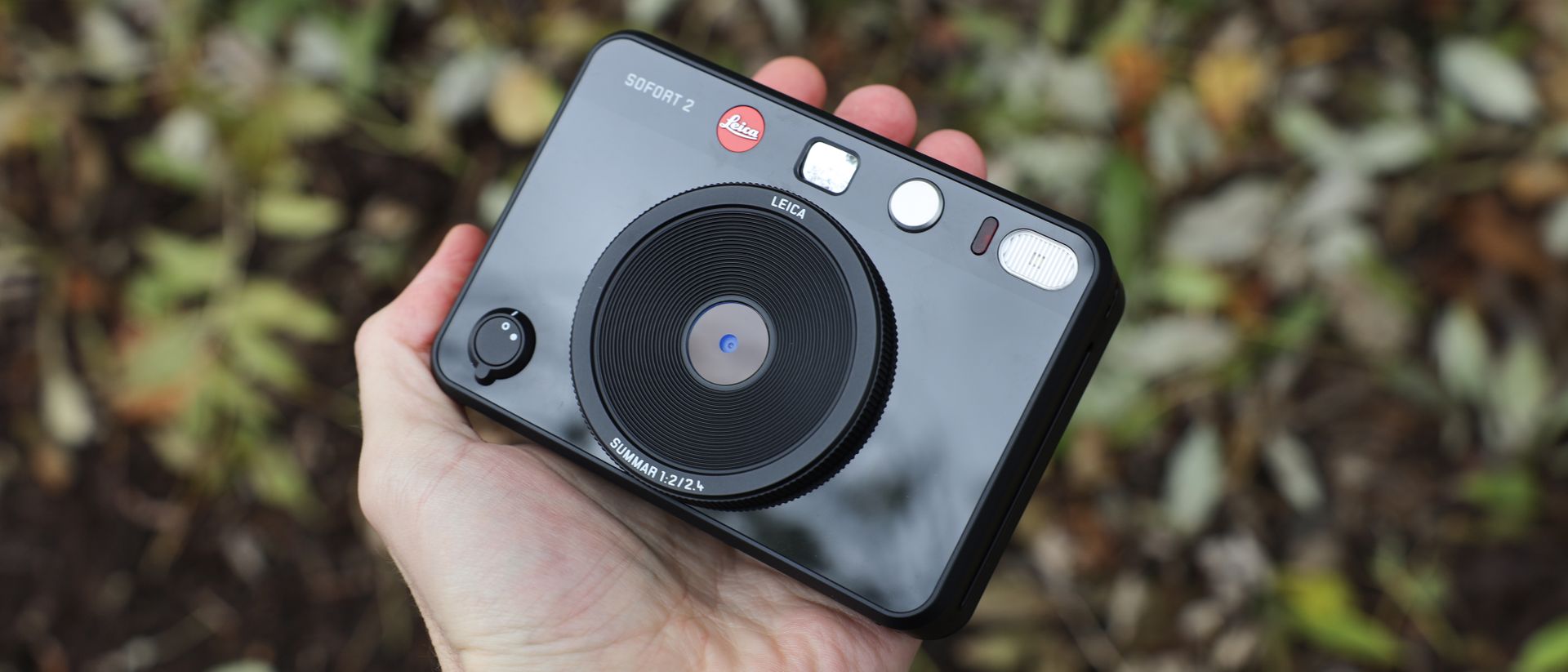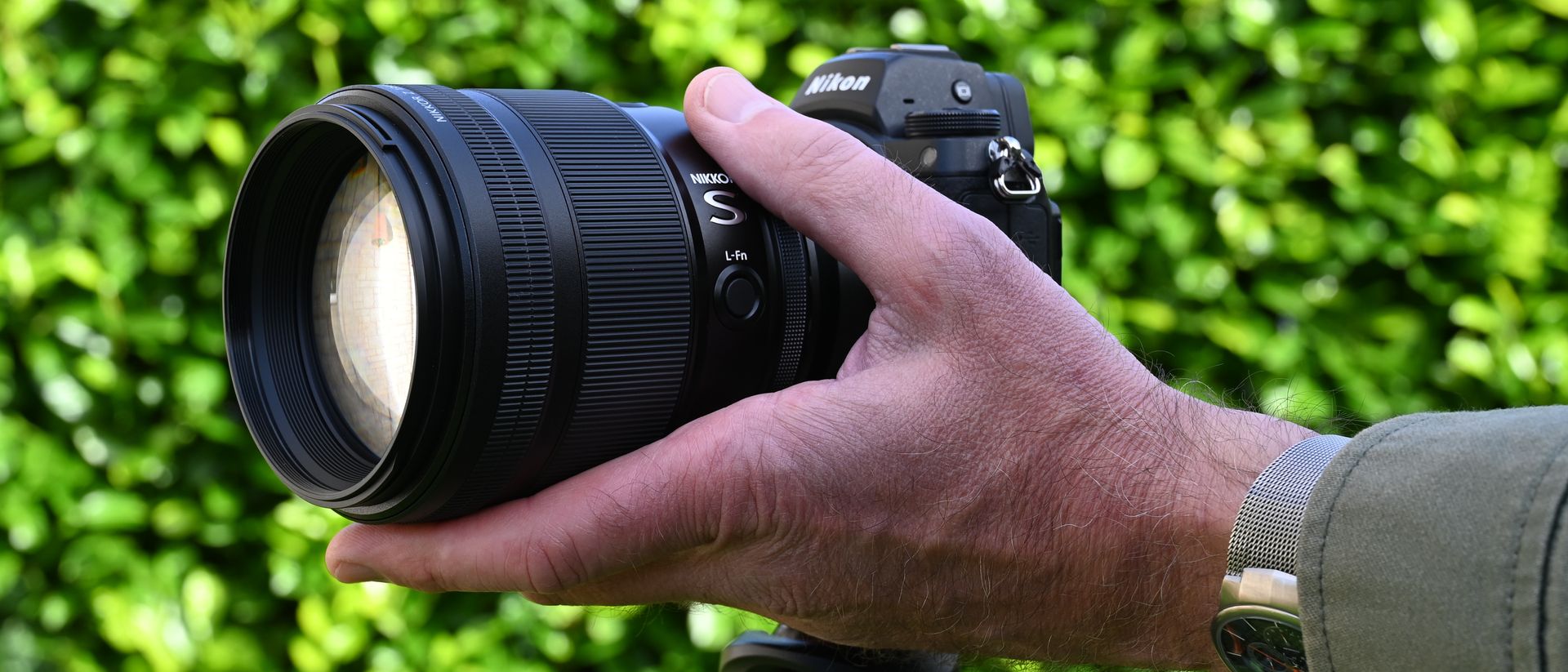Trade in Nikon Z 100-400mm f/4.5-5.6 VR S
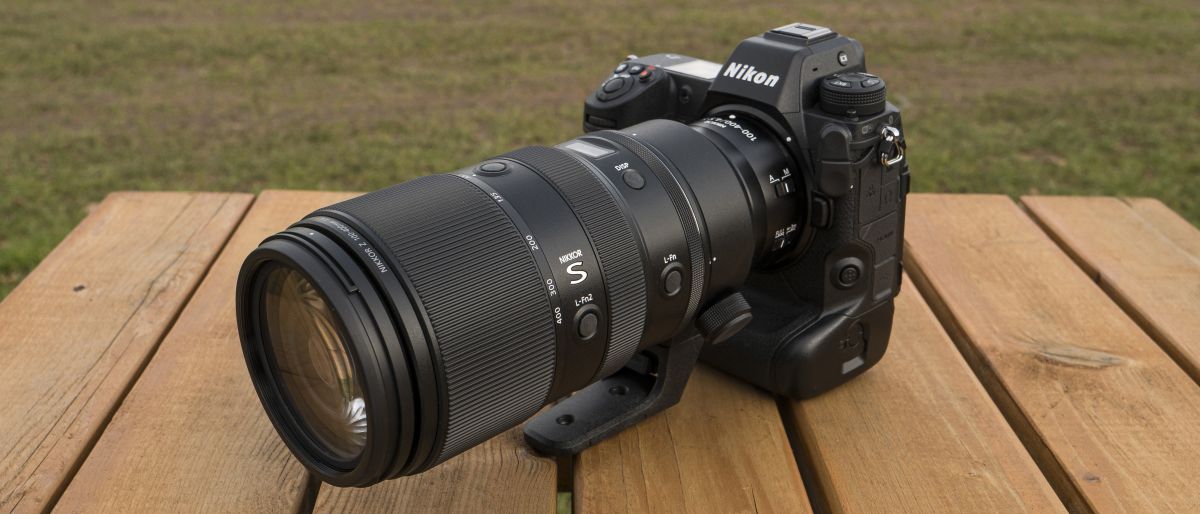
(Image credit: Future)
TechRadar Verdict
For action photographers in particular, the Nikon Z 100-400mm f/4.5-5.6 VR S fills a big gap in the Nikon Z lens line up. And it does not disappoint, with its excellent build quality, nifty controls and optical stabilization. The variable aperture is reduced to f/5.6 and limits how much this lens can be pushed in low light and with teleconverters, but overall this is an incredibly versatile lens that makes the most of the Z-mount for excellent edge-to-edge image quality even at its maximum aperture.
Pros
- +Highly versatile focal length
- +Suitable for stills and video
- +Fast and near-silent autofocus
- +Images are tack sharp
- +Edge-to-edge sharpness
- +Impressive close focusing
Cons
- -A tad expensive
- -Variable maximum aperture
- -Not as versatile as 70-200mm with a teleconverter
Nikon continues to fill out its mirrorless Z lens lineup with the new Nikon Z 100-400mm f/4.5-5.6 VR S, an obvious modern-day mirrorless successor to the almost ten-year-old 80-400mm f/4.5-5.6 G ED VR lens, which was designed primarily for DSLRs.
With its obvious application for action, this new full-frame super-telephoto zoom is typically desired for its maximum 400mm reach. But it also has that added versatility of a 4x zoom if the action comes closer, or if you need to shoot flattering portraits.
A high-resolution camera like the 45.7MP Nikon Z9 provides a highly useable APS-C (DX) crop mode that extends the maximum equivalent focal length to 600mm. So is it an essential companion for your Nikon Z camera?
Price and alternatives
The Z 100-400mm lens is available now for $2,697 / £2,699 / $4,299. That’s a similar and fair launch price compared to its DSLR predecessor. Nikon’s Z teleconverters can also be paired with the lens – the 1.4x teleconverter ($549 / £549 / AU$1,099) effectively creates a 140-560mm f/6.3-8 optic and the 2x teleconverter ($599 / £599 AU$1,199) a 200-800mm f/9-11. The latter combination is realistically limited to bright light scenarios only in order to freeze fast-moving action effectively.
Action photography requires fast shutter speeds in order to freeze movement, so a fast maximum aperture becomes important regardless of image stabilization (of which this lens boasts a highly impressive 5.5 stops).
We are Tradelectronics, licensed second-hand electronics dealer located in Sydney CBD, experts in trading used laptops, old cameras & lens, and used mobile phones. Fast, Reliable & We Pay More! Get a free quote on your favourite WhatsApp, Facebook, SMS & Email, instant reply!
| Click icon for WhatsApp Quote | Click icon for facebook Quote |
 |
 |
- We are open from Mon – Sat 12pm – 7pm
- Get your free quote from WhatsApp and Messenger are highly recommended, we can guide you through in finding the accurate specs for your laptops, cameras & lens, mobile phones as well. As such we can provide a more precise quote for you.
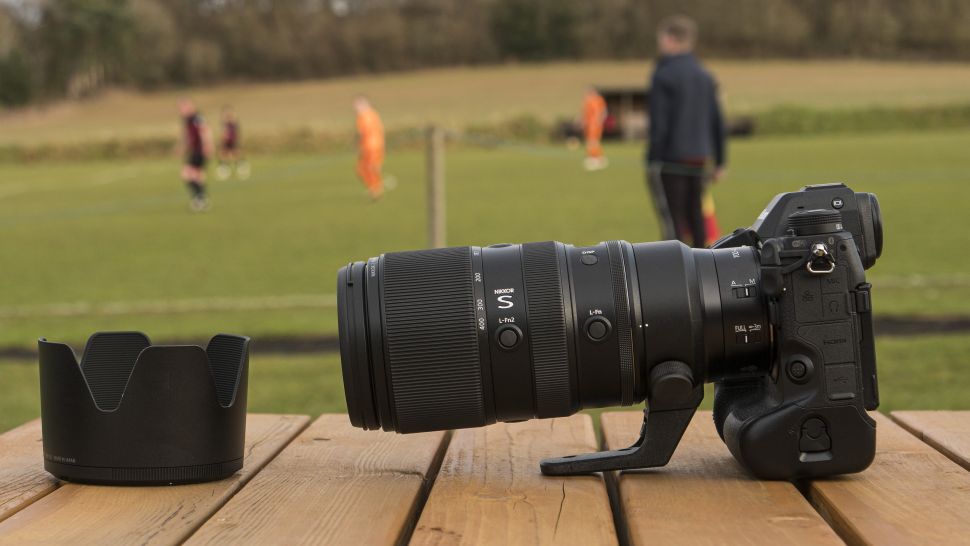
(Image credit: Future)
While the f/5.6 aperture at 400mm here is nothing to sniff at, pro action photographers might also look at the new Z 400mm f/2.8 TC VR S lens for those extra two stops of light. Still, that lens weighs and measures twice the amount of the 100-400mm, and costs five times more, too.
While we’re discussing options, the Z 70-200mm f/2.8 VR S is around the same size and weight as the Z 100-400mm on test and is slightly cheaper. Throw on the 2x teleconverter and, hey presto, it’s a 140-400mm f/5.6 effective lens. Those who already own the 80-400mm f/4.5-5.6 G ED VR could use the FTZ adaptor in order to pair it with a new Nikon Z camera instead, though you won’t get the benefits of Z glass that we have written about before.
That’s quite a few super-telephoto options, so is the Z 100-400mm a compelling choice in and of itself? Read on to find out.
Performance and image quality
We paired the Nikon Z 100-400mm f/4.5-5.6 VR S with the Nikon Z9 for this test, and the combination proved a great match in many ways.
There’s an excellent balance between camera body and lens – in fact, they weigh practically the same, with the lens being 1.45kg. Neither are particularly compact either, as the lens measures 222mm long and extends to approximately 280mm at the telephoto setting. With smaller Nikon Z cameras like the Nikon Z7 II, the distribution may be a fraction front-heavy.
Build quality is excellent in this ‘S’ issue lens, with full weather-sealing and a fluorine-coated front lens element that repels what nature throws at you, inclusing dust, moisture and water. Although the weather was fair throughout our time with the lens, we’d be confident to carry on shooting in inclement weather.
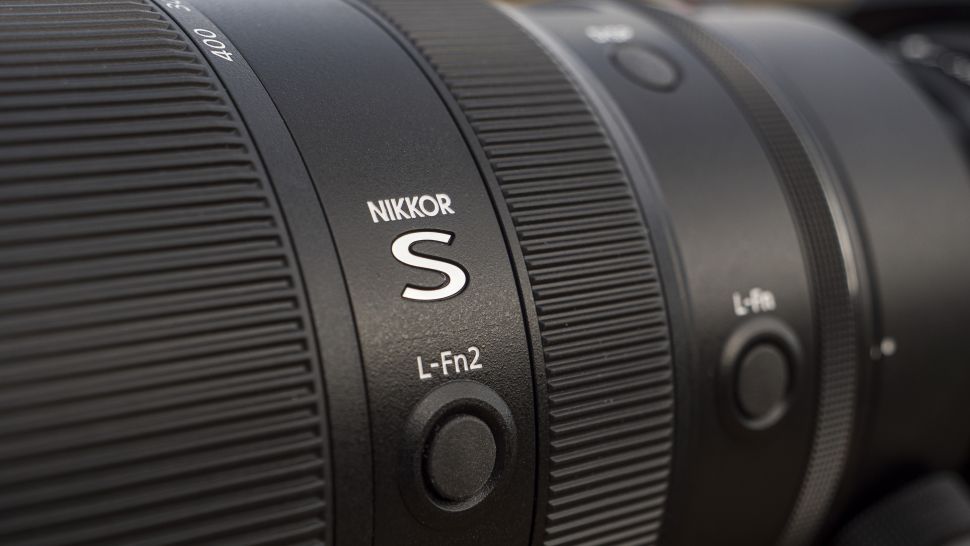
(Image credit: Future)
The control rings are grippy and rotate smoothly. Handily, the zoom ring requires a mere 80-degree rotation to go between 100mm and 400mm – that’s some quick zooming that we appreciated while covering a football match from the sidelines.
A handy digital display sits on top and can indicate focus distance, aperture or focal length. The swathe of buttons includes two assignable function buttons, one of which is on the barrel between focus and zoom rings, where you can also find three other focus buttons. That’s one button for every 90-degrees around the entire barrel, covering you whatever orientation the camera is in or grip you are rocking.
Of course, there is a AF/MF switch plus a focus distance limiter with an option to ignore subjects closer than three meters (but not the other way around). While we’re talking about focus distances, a standout feature is a highly impressive minimum focus distance that’s never more than one meter, being 0.75 meters at 100mm and 0.98 meters at 400mm. The consequent maximum reproduction ratio is 0.38x – superior to the aforementioned alternatives to this lens – and it’s possible to fill the entire frame with tiny birdlife (if you can get close enough).
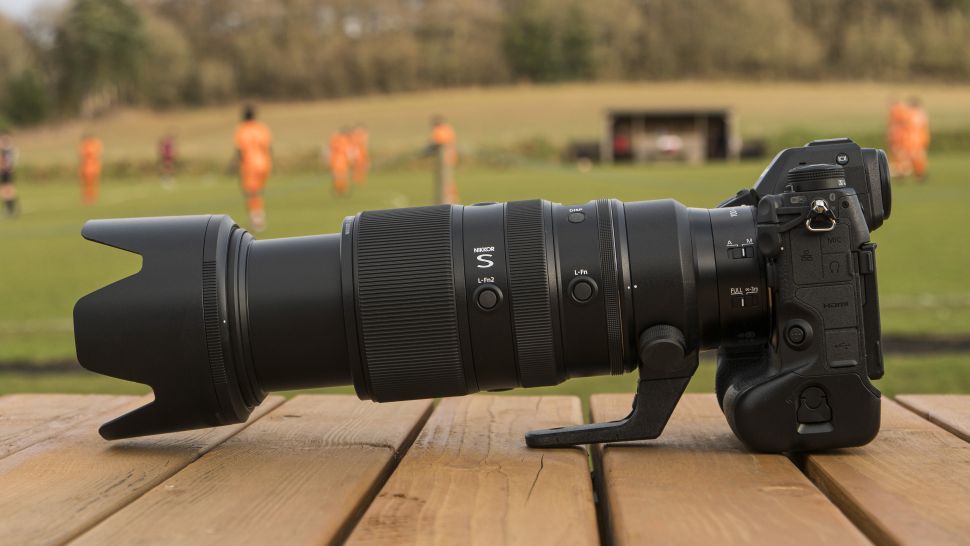
(Image credit: Future)
A collar is supplied with the lens, as is a sturdy lens hood which goes some way to reduce flare when shooting towards bright light. The filter thread is also the common 77mm size, so optional lens filters will be highly reasonable.
Using the lens with the Z9, we had the benefit of Nikon’s best autofocus system in a mirrorless camera. Autofocus speed and success rides on how the camera is set up, so you need to invest the time working out which tracking modes and AF areas work best for your subject. But the lens’ potential is clear, being exceptionally fast and near silent.
In addition to near silent autofocus, focus breathing is virtually non-existent at any focal length. A third control ring can also be used for silent, click-less aperture control, making this lens very capable for video recording, too.
What does hinder the autofocusing prowess is the maximum f/5.6 aperture, meaning it is less suited for use in low-contrast light than faster, more expensive lenses. We have experienced some autofocus hunting in low light, especially when the focus distance needs to change from one extreme to the other, though that’s understandable given the focus range is so great with this lens.

(Image credit: Future)
We were particularly keen to check image quality the maximum f/4.5-5.6 aperture settings, because in practice the lens is most commonly used at these settings. That’s really where mirrorless Z lenses have an advantage over DSLR equivalent lenses – its edge-to-edge sharpness and image quality at maximum aperture tends to be better. The adverse impact of vignetting is well controlled, too. The playing field between Nikon’s mirrorless and DSLR lenses is leveled when the aperture is stopped down, but we honestly don’t see this lens used much in that way.
Head and shoulder portraits at 100mm are tack sharp, plus detail in fast moving subjects around 50m away is still very sharp. There really is a generous sweet spot for crisp detail in this lens and, overall, it’s hard to find any real area of criticism. The lens appears as sharp at f/5.6 as it does closed down one or two stops. If the specification of the Z 100-400mm lens suits your purposes, then it is a comprehensive winner.
Should I buy the Nikon Z 100-400mm f/4.5-5.6 VR S?
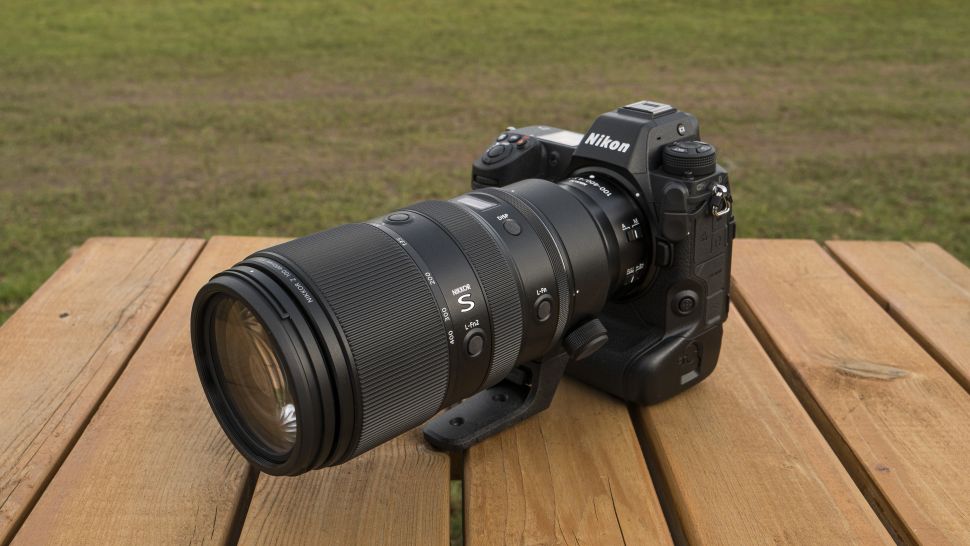
(Image credit: Future)
Source: Techradar

